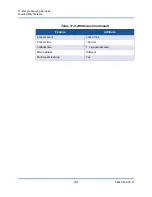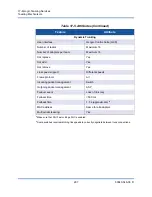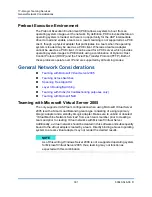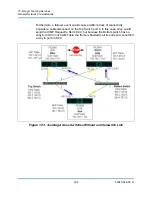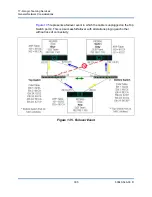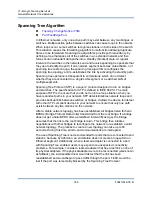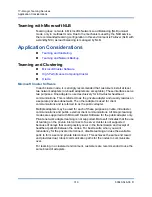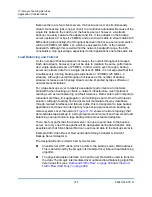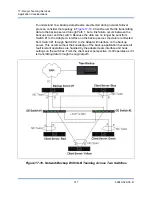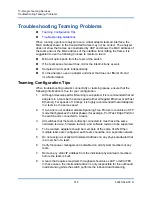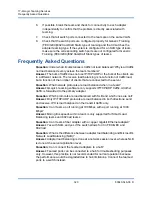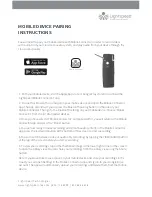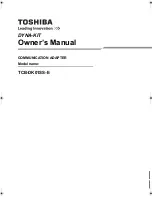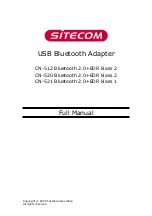
17–QLogic Teaming Services
General Network Considerations
308
83840-546-00 D
Teaming with Hubs (for troubleshooting purposes only)
Hub Usage in Teaming Network Configurations
SLB Team Connected to a Single Hub
Generic and Dynamic Trunking (FEC/GEC/IEEE 802.3ad)
SLB teaming can be used with 10/100 hubs, but it is only recommended for
troubleshooting purposes, such as connecting a network analyzer when switch
port mirroring is not an option.
Hub Usage in Teaming Network Configurations
Although the use of hubs in network topologies is functional in some situations, it
is important to consider the throughput ramifications when doing so. Network hubs
have a maximum of 100 Mbps half-duplex link speed, which severely degrades
performance in either a Gigabit or 100 Mbps switched-network configuration. Hub
bandwidth is shared among all connected devices; as a result, when more
devices are connected to the hub, the bandwidth available to any single device
connected to the hub is reduced in direct proportion to the number of devices
connected to the hub.
It is not recommended to connect team members to hubs; only switches should be
used to connect to teamed ports. An SLB team, however, can be connected
directly to a hub for troubleshooting purposes. Other team types can result in a
loss of connectivity if specific failures occur and should not be used with hubs.
SLB Teams
SLB teams are the only teaming type not dependant on switch configuration. The
server intermediate driver handles the load balancing and fault tolerance
mechanisms with no assistance from the switch. These elements of SLB make it
the only team type that maintains failover and fallback characteristics when team
ports are connected directly to a hub.


